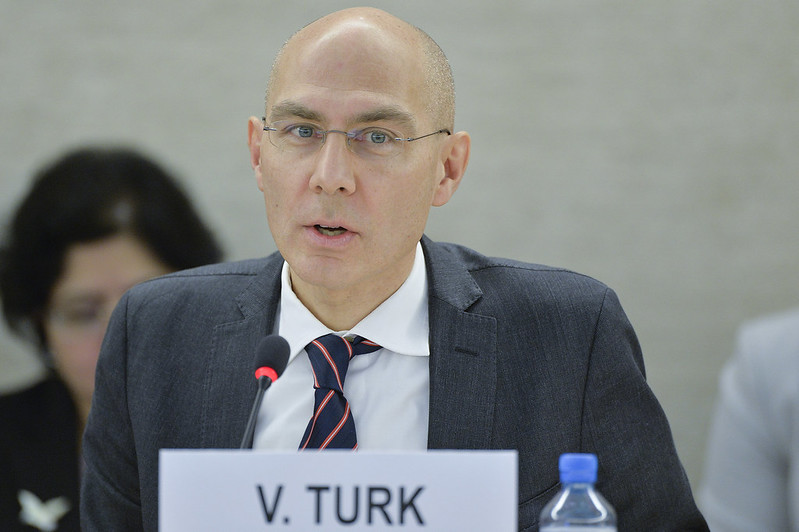
by Marc Peoples
Does the Harlem Renaissance ring a bell? Harlem, also known as the Black Mecca of the world, is home to some of New York’s legendary architecture, parks and monuments of black culture.
It was originally populated by Native Americans, but the Dutch turned it into an agricultural settlement when they colonized Manhattan in the 1600s. The renaissance began in the 1920s, but at the time was called the “New Negro Movement,” the revival of African-American culture in entertainment, art, politics, etc. Whether you’re a current resident or a visitor and have an interest in history, here are some places you’ll want to stop by:
Apollo Theatre

Originally opened in 1913 as a “Whites Only” burlesque theater, changes were quickly made and in 1924, burlesque shows began integrating their casts with black performers. It rose to prominence in the Renaissance and became a place “where stars are born and legends are made”. For example, Ella Fitzgerald started her career here. The Apollo Theater is located at 253 W 125thth Street.
Become a Harlem Insider – Sign up for our newsletter!
Striver’s Row

Located on both sides of W 138th and W 139th. Today, this landmark is known as the St. Nicholas Historic District and consists of row houses and attached buildings. It is a popular walking attraction for its architectural style and is home to many African American figures in entertainment and politics. It is named after the early African-American settlers in Harlem who were committed to fighting for middle-class values and did not want to live in poor neighborhoods.
The leader of the Harlem Renaissance himself. Poet, novelist, and social activist, Langston Hughes moved to New York City in 1921 and lived in his Italianate home from 1947-67. It is also where he wrote his famous poem, Harlem AKA (A Dream Deferred) which was inspired by his lifelong fascination with the neighborhood and the people he met. You can find this place at 20 E 127th Street.
Let’s not forget our Latino brothers and sisters in Spanish Harlem. This neighborhood is also known as El Barrio, but historically it was once called Italian Harlem. Italians first settled the area in 1878, but after World War I, Puerto Ricans and Latin Americans began migrating to the western part of East Harlem, and from there, they slowly took over all of East Harlem as the Italians moved out. Now, the neighborhood has a growing Chinese population. If you’re in the mood for salsa music or just want to appreciate Latin culture, head to East 5thth Street and North 96thth Road to the East and Harlem Rivers.
According to her Wikipedia page; Spanish Harlem “is not generally considered to be part of Harlem proper, but is one of the neighborhoods included in Greater Harlem.” I wonder who came up with that consideration and why.
Located on the first floor of the Cecil Hotel at 206 W 188th Street. This jazz club and bar was founded by saxophonist Henry Minton in 1938 and was very popular in the 1940s. It was frequented by the likes of Ella Fitzgerald, Duke Ellington, Charlie Parker and more. One of the first places to develop modern jazz, it is still popular among locals and jazz musicians today.
This list is just a taste of what Harlem has to offer. The neighborhood is so rich in history and culture that we could have a professor teach an entire semester about it. So for those planning to visit soon, where do you start? Want to be one of the 1.3 million people who visit the Apollo Theater or enjoy fine food and jazz at Minton’s Playhouse?

Marc Peoples
Marc Peoples is a writer, film and game enthusiast with a full range of electronic or digital gaming experience who lives on the west coast in Los Angeles, CA. He graduated with honors from the Los Angeles Film School (LAFS), where he studied film and screenwriting. https://www.linkedin.com/in/marc-peoples-207514218/, https://www.instagram.com/themvpeoples/
Photo credit: 1) Mintons. 2) Apollo Theater. 3) Strivers Row. 4) The Langston Hughes House. 5) Spanish Harlem.
Similar articles
VIDEO
“Dr. Harry Delany is a noted surgeon born and raised in Harlem, son of the great jurist and civil rights leader, Hubert Delany…” This monthly post was made on PARTNERSHIP with Harlem Cultural Archives.


